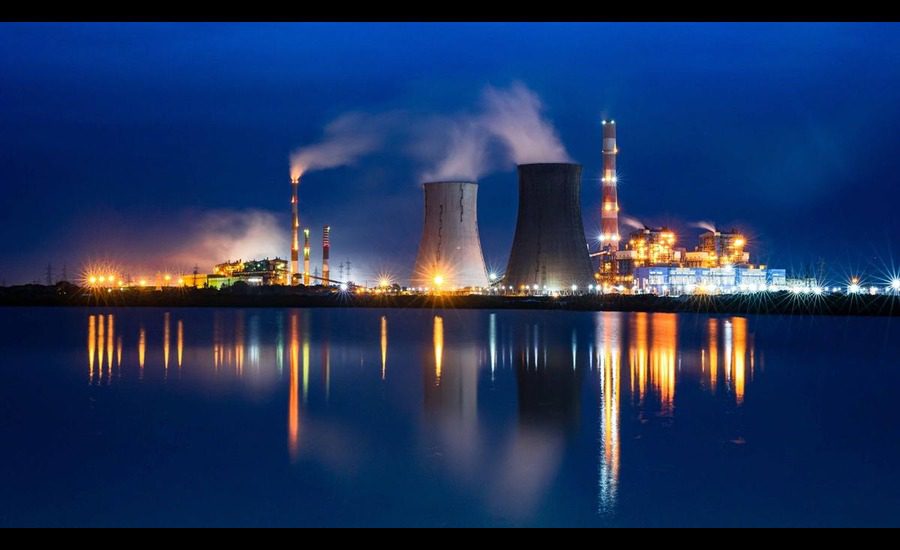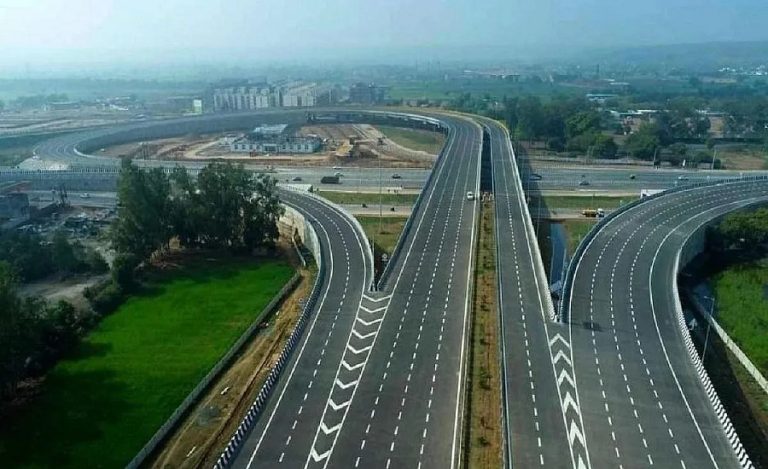The Bhabha Atomic Research Centre (BARC) is reportedly developing a 200 megawatt (MW) pressurised-water nuclear reactor that will serve a dual role in the submarine fleet of the Indian Navy and in civilian shipping.
The military variant will be tailored for the forthcoming S5‑class ballistic missile submarines (SSBNs) and the Project 77 nuclear-powered attack submarines (SSNs). This initiative marks a substantial leap over the current 83 MW reactor powering the Arihant-class SSBNs.
Background of the 200 MW Nuclear Propulsion
India’s submarine-nuclear propulsion journey began with the Arihant-class SSBNs powered by an 83 MW reactor developed by BARC. As regional maritime dynamics intensified, India recognised the need for greater underwater endurance, higher speed, deeper reach, and more missile payload.
Read Also: Revolution in the Sky: IIT Bombay’s GPS-Free VTOL Drone Swarm Tech Sets Global Benchmark
That led to the conceptualisation of the S5-class SSBN and the Project 77 SSNs:
→ The S5-class is expected to displace approximately 13,000 tons and carry possibly 12-16 missile launch tubes.
→ Project 77 aims to build next-gen attack submarines (SSNs) of around 10,000 tons displacement capable of anti-submarine warfare, hunting surface ships, and strategic deterrence.
In this context, the move to a more powerful reactor (200 MW) is both logical and strategic. It enables higher power output, greater operational flexibility, and potentially supports simultaneous civilian applications (container shipping) for decarbonisation.
What the 200 MW Nuclear Propulsion Program Entails
Reactor Power & Design
- The upgrade from ~83 MW to ~200 MW is roughly a 2.5-times increase in power output.
- The reactor will be a miniaturised pressurised-water reactor (PWR) capable of fitting into submarine hull volumes yet providing flagship-class power.
Dual-Use Civilian Application
Beyond submarines, the reactor is slated to be used in large civilian container ships under the Bharat Small Modular Reactors (BSMR) initiative — aligning with India’s green shipping goals.
This dual-use approach means commercial viability and defence benefit intersect.
Integration into S5 & Project 77
- The S5-class SSBNs are set to replace or succeed the Arihant-class; these subs will leverage the increased power to carry heavier missile loads and have extended underwater endurance.
- The Project 77 SSNs attack submarines that will share the same reactor architecture, streamlining logistics, training, maintenance for the navy.
- Speeds are expected to exceed 30 knots, operational range greatly extended.
Strategic Impact on Submarine Fleet
- The larger reactor enables deeper patrols, longer submerged endurance, faster transit, and increased stealth potential.
- The one reactor design across multiple submarine types simplifies naval architecture, supply chains, crew training, and maintenance.
- It boosts India’s ability to operate in blue-water environments with credible deterrence.
Strategic Significance of 200 MW Nuclear Propulsion for India
Strengthening Sea-Based Deterrence: With a stronger reactor powering S5 SSBNs, India would enhance its sea-based leg of the nuclear triad, ensuring a more survivable second-strike capability. The larger submarine and heavier missile payload capacity underscore this shift.
Indigenous Capability & Defence Manufacturing: The project signifies a major indigenous leap in nuclear propulsion technology — from the prior 83 MW reactor to 200 MW, built by BARC domestically. This escalates India’s self-sufficiency in strategic defence.
Green Maritime Future: The civilian side of this reactor programme ties into India’s ambitions for zero-emission maritime propulsion, reducing dependence on fossil fuels in shipping. This dual-use strategy weaves defence and sustainability.
Read Also: Meet Abhimanyu Stealth Drone: Silent Defender Set to Outsmart Every Enemy Radar
Regional Power Projection: In a strategic context where underwater warfare and submarine capabilities are rising across the Indo-Pacific, this advancement helps India keep pace with or surpass peer naval capabilities.
Timeline of the 200 MW Nuclear Propulsion & What’s Next
The exact commissioning date of the 200 MW reactor remains undisclosed; media reports suggest it is already under development.
→ The S5-class SSBNs and Project 77 SSNs are expected to enter production in the latter part of the decade.
→ Civilian ship integration and dual-use testing will likely follow reactor validation and successful submarine implementation.
→ Monitoring announcements from the Ministry of Defence (MoD), Indian Navy, and BARC will be key for official updates.



























